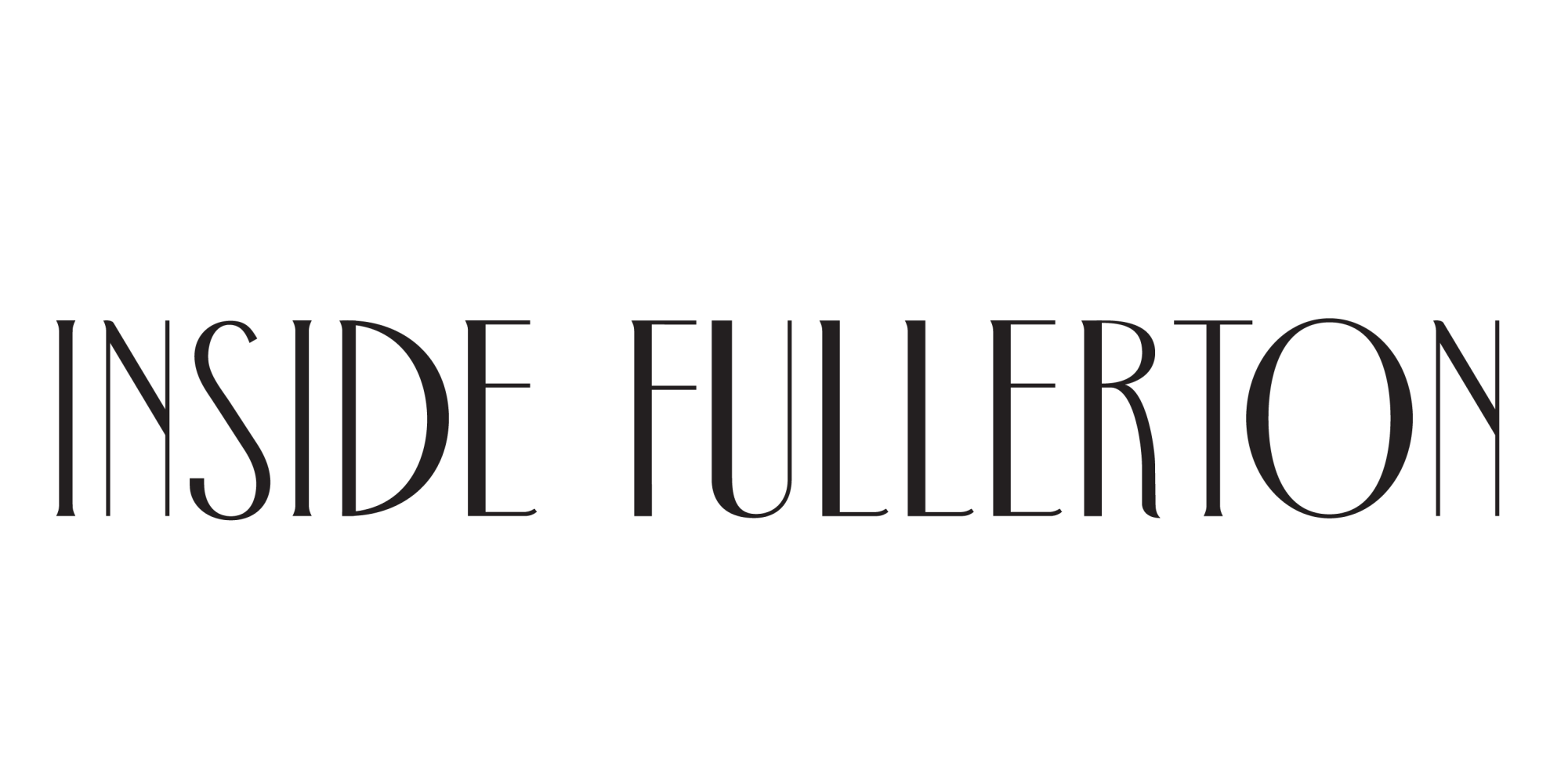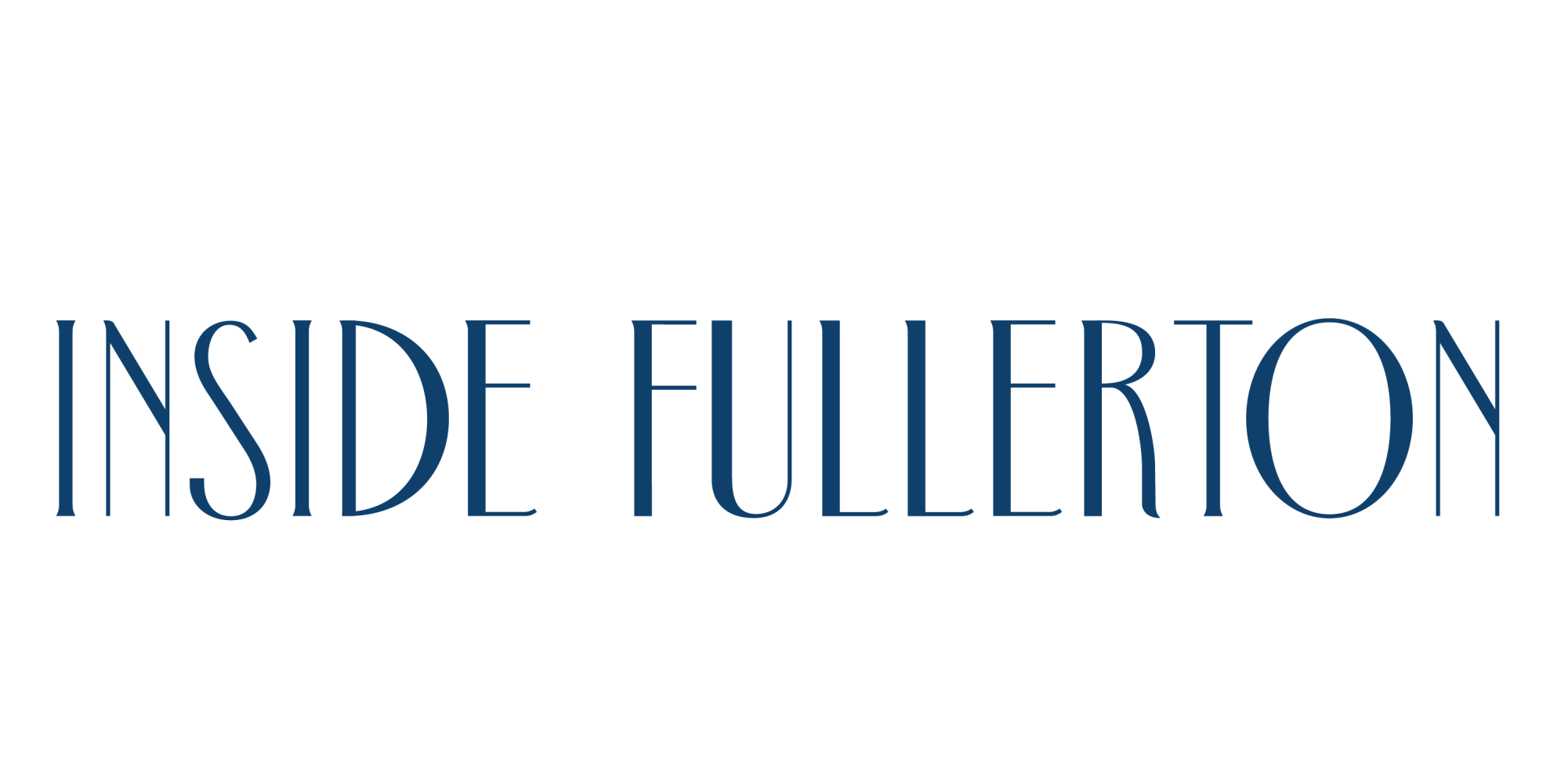
Sex. Condoms. Lube. That’s it, you got your sexual health education. If you’re lucky, you hear about HIV and STIs, but those don’t affect everyone, right? Wrong. Your parents at one point covered your eyes at mere television kisses, your peers tell you more than the textbooks, and everything else around you tells you the oohs and aahs about sex. You think you’re informed enough to make the best decisions. If this were true, then why does the LGBTQ+ community feel excluded from sex health education, making this population the most susceptible to venereal diseases?
With state legislation setting the stage for curriculum on sex education, LGBTQ+ communities are still feeling the waves of isolation within the educational spaces of middle school and high school health courses; leaving them to their personal experience as a means of attaining sexual education, which may reflect the high number of venereal diseases within this community.
Digital spaces have become sites of learned behavior, guidance, and the dissemination of critical information regarding sex. For many, the subject matter of sex is still very much taboo and shameful.
Jorge Diaz, 41, the Client Navigation and Support Director at Bienestar Human Services, once felt highly stigmatized for being HIV positive. According to Diaz, the topic of sex education within the LGBTQ+ community needs to move moved beyond prevention to a place that speaks on gender, sexualities, different stigmas and how families come into play with this education.
According to the Human Rights Campaign, in the U.S. a large population of LGBTQ+ youth goes through an educational system that inadequately recognizes their existence. This curriculum fails to include their identities within the pages of health education, especially in the face of sexual discourse. The National Alliance on Mental Health reports that a large percentage of LGBTQ+ individuals have faced rejection from their families and peers which impacts their mental health. This may explain some of the reasons why this community is largely affected by sexual health disparities.
How does a person of the LGBTQ+ community attain adequate sex health education, then?
Kody Elsayed, 23, a graduate student at NYU, had to learn sex education via the first-hand experience. He recalled his time in high school health class, where teachers and students did not take the information seriously. These experiences helped him decide to promote sexual health education on his TikTok platform.
“I don’t want anyone to have to go through what I had to go through, which was learning from experience because when you get older, you look back [and] realize ‘I didn’t know that I could have run into this issue or problem,’” said Elsayed.
Much like Elsayed, members of the LGBTQ+ community often engage in sexual experiences without knowing safe practices, which can be dangerous.
In 2018, there was 37,968 new HIV diagnosis. Nearing the end of 2018, the CDC estimated 1.2 million individuals were living with HIV. While this disease is stereotypically known to only exist within marginalized groups, specifically LGBTQ+ communities, it should be known that 24% of the new cases in 2018 were from heterosexual identifying individuals.
According to the Human Rights Campaign, in 2013 gay and bisexual men only made up about 2% of the entire U.S. population, yet accounted for 55% of people living with HIV. Also, HIV criminalization statutes — laws that can criminalize individuals accused of not sharing their HIV status with partners — may be influencing these high numbers, as individuals are less likely to get tested or treated for HIV for the stigma placed on them.
Under the California Healthy Youth Act (AB 329), California schools are required to teach an all-inclusive sexual health curriculum, as well as HIV prevention. Each school district has the liberty to choose which instructional resources will be used to teach from. Under AB 329, LGBTQ+ inclusivity must be merged with sex education lessons, throughout the entirety of the curriculum; therefore, any isolation of LGBTQ+ sexual health education can be liable for discrimination. However, under this legislation, parents can opt their students out of sex education lessons and material under sexual health, which touches on gender and sexual orientation.
“We are not informing people in a way that’s easy to digest and makes the conversations lighthearted and fun, but also informative because, at the end of the day, this is information that we all need, and how else will we learn it if we are not circulating it,” Elsayed said.
Elsayed, who took an entire year to plan out his platform on TikTok, introspectively arrived at the topic of his content because of his own experience with sex education. Elsayed aimed to provide easily digestible conversations to make the topic of sex lighthearted and informative.
“Public schools are not teaching sex education in a beneficial way for individuals to make informed decisions about their sexual encounters. I think that’s the biggest issue and that’s why my content is doing so well on TikTok because I am filling that void,” Elsayed said.
However, such information about sex on TikTok can lead to having videos taken down due to violations of community guidelines. According to Elsayed, this happens because the language in the video can be too direct when it comes to sexual health. This, then, is deemed as risqué for the TikTok community, whose platform is strongly youth-led.
“With high access to online resources, teens go to shows like Sex Education or POSE, as well as social media applications like Instagram or TikTok to learn about sex education,” said Diaz. Unfortunately, they stop watching the show or close the application at a certain point, and the dialogue between the characters no longer applies to them. These younger individuals become very distant from the realities being addressed online, like talks about HIV and STIs. For those who do not identify with a heteronormative script, their personal experiences become the source of knowledge.
If schools don’t teach LGBTQ+ youth about sexual health with an inclusive curriculum, and if social media applications frown upon language that relates to sex, adolescents aren’t learning how to take care of themselves when engaging in sexual activities.
Much like Elsayed, Diaz draws from personal experience to empower the LGBTQ+ community by creating families of kin, safe spaces, and a support system to further assist in the retention of information regarding sexual health. Bienestar, a community-based health care and social services organization for the LGBTQ+ community, provides a plethora of services, from HIV testing to counseling, as well as youth and adult support groups.
“We work with medical providers, medical fellows, students and interns to teach them that when they meet a young queer individual, they know what Grindr is; they know what a top and bottom are; they know the language, so they don’t get stuck on male and female…
There are so many angles to what we do to continue to give access to the youth to be empowered. So, when they get to 18, 19, 20 years old, they are not sucked up into the gay hookup culture and playing dangerous games [rather] to not feel ashamed of having sex, and making sure they use condoms, have access to PrEP, and are getting tested,” Diaz said.
Diaz believes that LGBTQ+ organizations need to be present in high schools, where individuals can join these clubs and feel included within the school environment. Past the physical or tangible resources, Diaz spoke on self-love as a means of healing a community and reflecting lower numbers in HIV and STIs, as he states,
“It wasn’t just ‘I hooked up with a random dude,’ it was ‘I didn’t love myself as a youth.’”
The responsibility lies, then, in one’s surrounding communities, Diaz explained, in providing an inclusive place where LGBTQ+ youth feel safe to explore their identities and, in the process, preserve health-related knowledge when engaging in sexual behavior.
“It’s not just about changing K-12 education [because] if you and I have the best curriculum but go home to homophobic families, from the jump you are already growing up with shame about who you are as a person. So, families and our own culture play a big role in these HIV numbers,” said Diaz.
To promote a journey of self-love, Bienestar organizes trips to beaches or hiking trails, during which interventions or teachings take place. Past the lessons on condoms and their use, Diaz makes sure his health educators are cementing the message that there are many identities within all communities, and no matter how feminine or masculine or non-binary one wants to be, one needs to embrace the self, which will lead to self-love.

